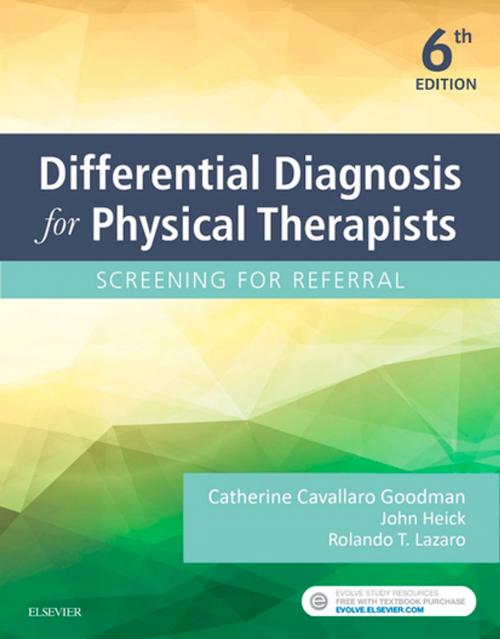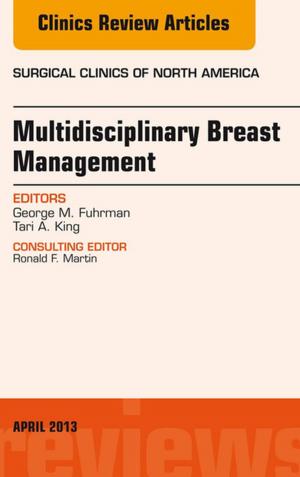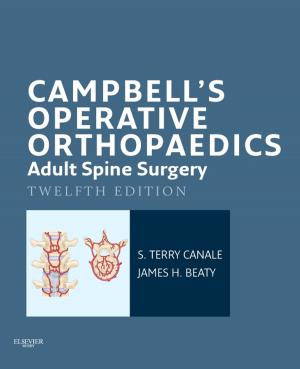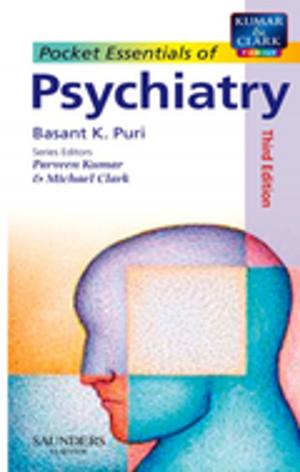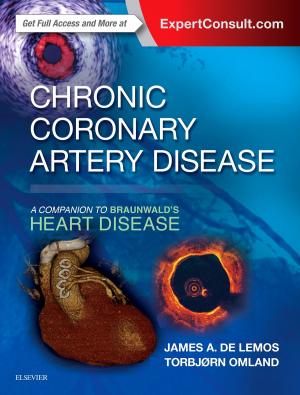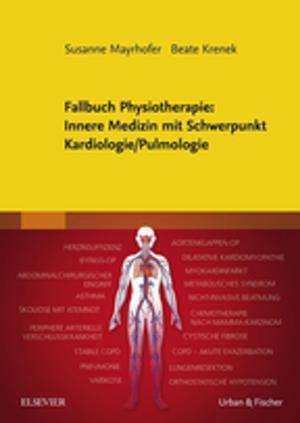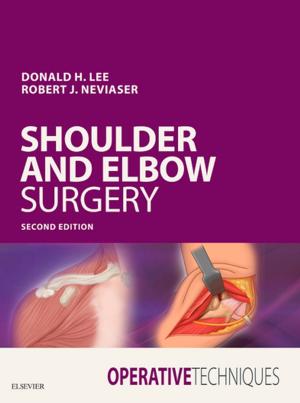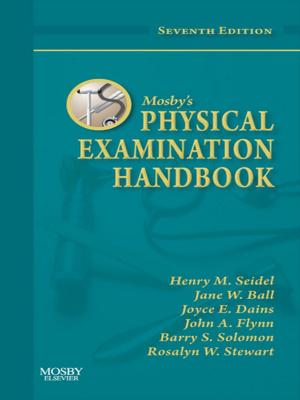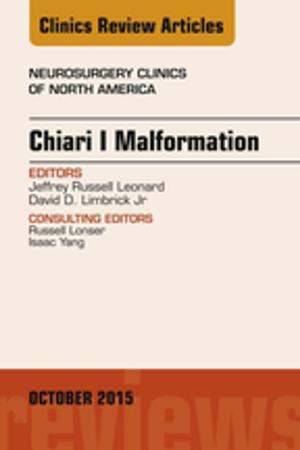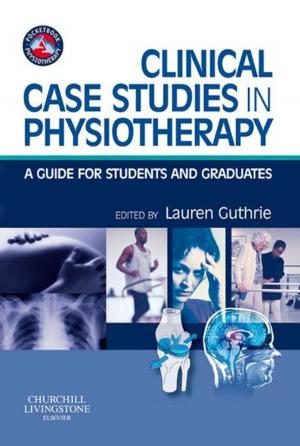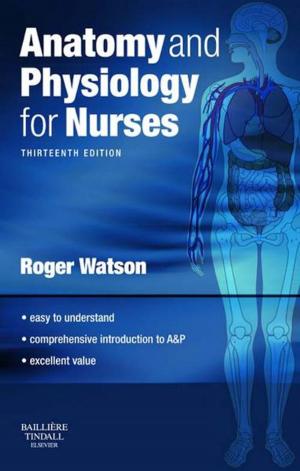Differential Diagnosis for Physical Therapists- E-Book
Nonfiction, Health & Well Being, Medical, Allied Health Services, Physical Therapy| Author: | John Heick, Rolando T. Lazaro, Catherine C. Goodman, MBA, PT, CBP | ISBN: | 9780323478489 |
| Publisher: | Elsevier Health Sciences | Publication: | April 29, 2017 |
| Imprint: | Saunders | Language: | English |
| Author: | John Heick, Rolando T. Lazaro, Catherine C. Goodman, MBA, PT, CBP |
| ISBN: | 9780323478489 |
| Publisher: | Elsevier Health Sciences |
| Publication: | April 29, 2017 |
| Imprint: | Saunders |
| Language: | English |
Learn how to screen for red flags and when to refer clients to a medical specialist! Differential Diagnosis for Physical Therapists: Screening for Referral, 6th Edition providesa step-by-step approach to screening for systemic disease and medical conditions that can mimic neuromuscular and musculoskeletal problems. It describes both red flags and yellow flags, so you can recognize the signs and symptoms for conditions outside the scope of physical therapy practice. This edition includes new information on women’s health issues. Written by experienced PT practitioner Catherine Cavallaro Goodman, this book helps you determine whether a client’s symptoms require physical therapy or physician referral!
-
UNIQUE!Five-step screening model is systems- and symptoms-based, and follows the standards for competency established by the American Physical Therapy Association, covering past medical history, risk factor assessment, clinical presentation, associated signs and symptoms, and review of symptoms.
-
UNIQUE!Case studies are based on clinical experience and give real-world examples of how to integrate screening information into the diagnostic process and when to treat or refer.
-
Evidence for the screening process is based on peer-reviewed literature, reporting on the sensitivity, specificity, and likelihood ratios of yellow (cautionary) and red (warning) flags.
-
Key Points to Remember boxes at the end of each chapter provide quick, bulleted summaries of critical information.
-
Quick-reference summaries include tables, boxes, follow-up questions, clinical signs and symptoms, and case examples.
-
Screening tools and checklists are found in the book and on the Evolve website, and are downloadable and printable for use in the clinic.
-
Quick response (QR) codes that can be scanned on a smartphone, tablet, or other mobile device provide links to valuable screening tools such as lists of questions for screening specific problems, checklists, intake forms, and assessment tests
-
New content on women’s health expands coverage of this important topic.
-
UPDATES reflect the most current information on screening for referral.
-
New associate editors — John Heick and Rolando Lazaro — bring fresh insight, as respected physical therapy educators.
-
New! Color tabs make it easier to locate chapters and topics.
Learn how to screen for red flags and when to refer clients to a medical specialist! Differential Diagnosis for Physical Therapists: Screening for Referral, 6th Edition providesa step-by-step approach to screening for systemic disease and medical conditions that can mimic neuromuscular and musculoskeletal problems. It describes both red flags and yellow flags, so you can recognize the signs and symptoms for conditions outside the scope of physical therapy practice. This edition includes new information on women’s health issues. Written by experienced PT practitioner Catherine Cavallaro Goodman, this book helps you determine whether a client’s symptoms require physical therapy or physician referral!
-
UNIQUE!Five-step screening model is systems- and symptoms-based, and follows the standards for competency established by the American Physical Therapy Association, covering past medical history, risk factor assessment, clinical presentation, associated signs and symptoms, and review of symptoms.
-
UNIQUE!Case studies are based on clinical experience and give real-world examples of how to integrate screening information into the diagnostic process and when to treat or refer.
-
Evidence for the screening process is based on peer-reviewed literature, reporting on the sensitivity, specificity, and likelihood ratios of yellow (cautionary) and red (warning) flags.
-
Key Points to Remember boxes at the end of each chapter provide quick, bulleted summaries of critical information.
-
Quick-reference summaries include tables, boxes, follow-up questions, clinical signs and symptoms, and case examples.
-
Screening tools and checklists are found in the book and on the Evolve website, and are downloadable and printable for use in the clinic.
-
Quick response (QR) codes that can be scanned on a smartphone, tablet, or other mobile device provide links to valuable screening tools such as lists of questions for screening specific problems, checklists, intake forms, and assessment tests
-
New content on women’s health expands coverage of this important topic.
-
UPDATES reflect the most current information on screening for referral.
-
New associate editors — John Heick and Rolando Lazaro — bring fresh insight, as respected physical therapy educators.
-
New! Color tabs make it easier to locate chapters and topics.
